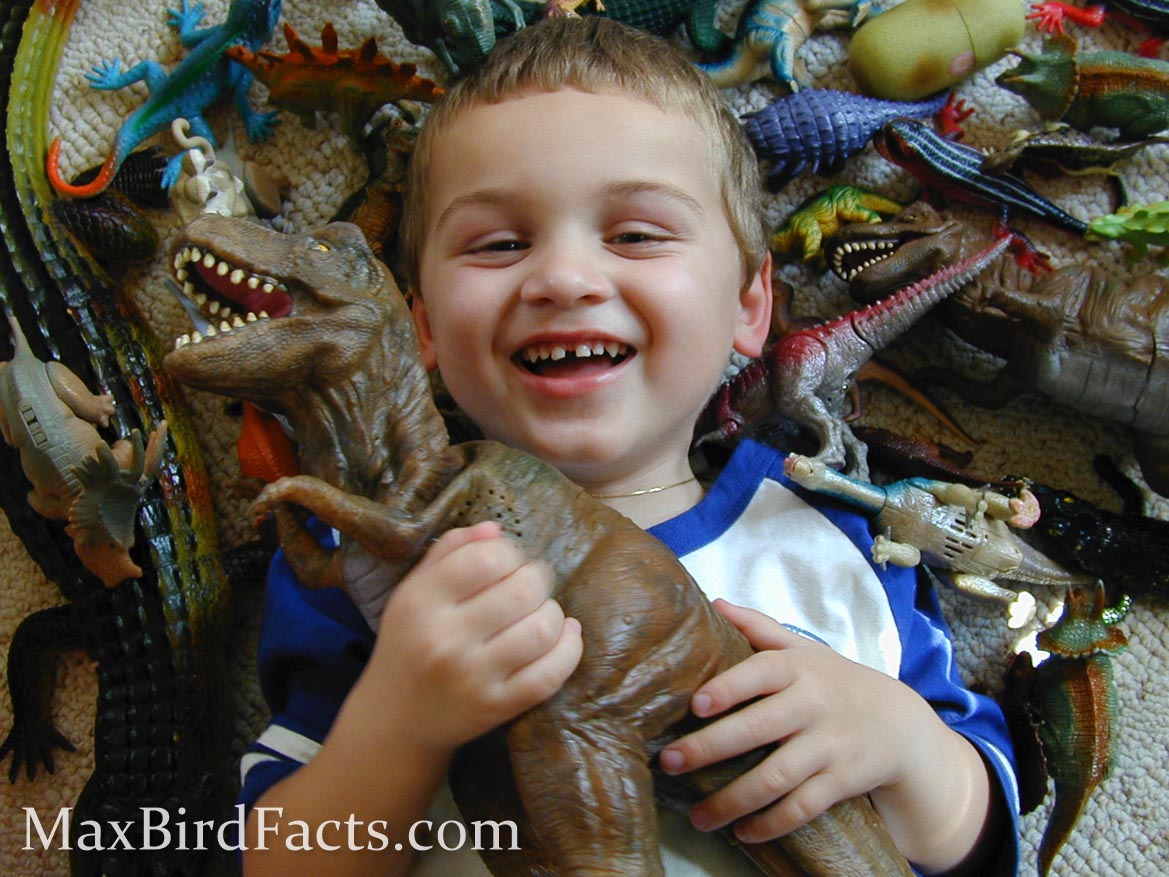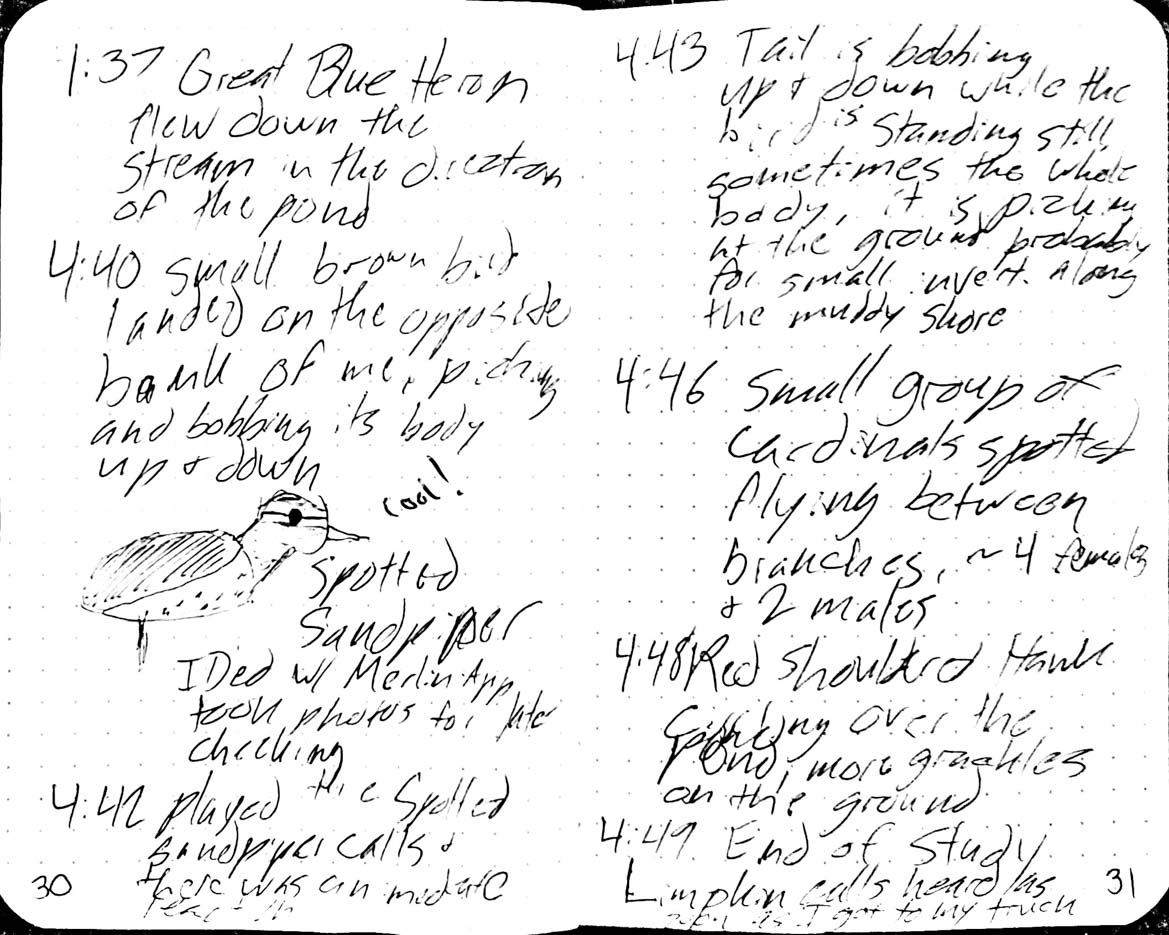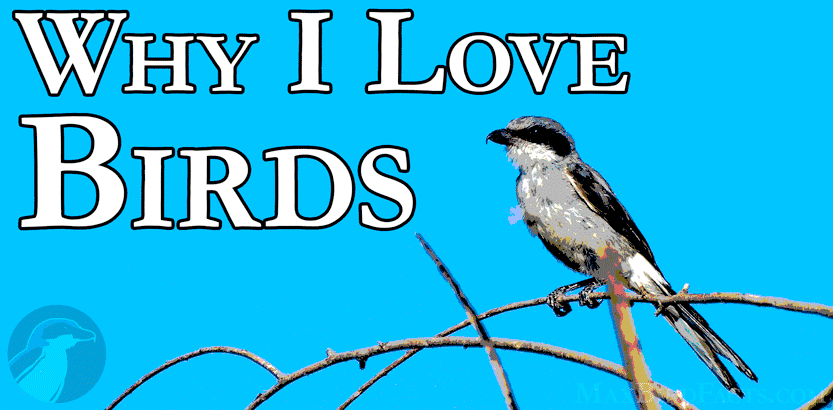To say I’ve always loved birds wouldn’t be a whole truth. But, that said, I have always been obsessed with animals.
I was the dinosaur-loving kid growing up. I could name off Parasaurolophus, Pachycephalosaurus, Pteranodon, and (of course) Tyrannosaurus Rex by three years old. I have very fond memories of breaking chunks of limestone to find fossilized trilobites in the middle of Illinois cornfields with my dad and brother.
I was a very outdoorsy kid, too. I constantly caught lizards and bugs to look at them closer, and sometimes to try and get the lizards to bite my brother’s ear. I treated going out in my backyard as if I was exploring some new world, and I miss having that outlook now.
I would always hope I would find some new species, so I would try and look at every little detail I could. And when I wasn’t outside playing explorer, I was inside reading about African, South American, Australian, and North American wildlife until my eyes hurt.

When I was seven, I started to grow my knowledge and eye for photography; then, mammals began stealing the show. Sure, I loved dinosaurs as I got older, but I got fascinated with watching the behaviors mammals conduct.
I watched hundreds of hours of nature documentaries, and I was always enthralled with mega-fauna. Now I think this was more of a branch from my addiction to dinosaurs.
African Elephants, American Bison, Polar Bears, and White Rhinoceros are all some of the largest land animals currently on earth, like dinosaurs were in their time.
After getting into college, I learned more about animal behavior, evolution, genetics, physiology, anatomy, and tons more. I know I had learned about Darwin in grade school and heard about his accomplishments before in class and film, but I started to gain more respect for him through my college courses.
Charles Darwin and Alfred Russel Wallace were the pioneers of the evolutionary theory and arguably the fundamental cause of modern biological sciences today.
And what was one of their favorite subjects to study and learn from? Birds!
Darwin loved his famous Galapagos finches, while Wallace chased Birds of Paradise through the jungles of the Malay Archipelago for eight years.

Finally, in my last year of college, I had to make a pretty big choice.
On the one hand, I had Mammalogy (the study of mammals), supposedly the second most brutal course offered to Biology students but the highest-rated because of the professor. The second option was Ornithology (the study of birds), which wasn’t taught at the University of Central Florida for over a decade and was instructed by a first-time professor. I originally signed up for both, but they overlapped by 15 minutes, so I had to choose one or the other.
I eventually settled with Ornithology because, at the time, I figured I knew more about mammals than I did birds. And oh man, did I don’t know anything about birds looking back!
In Ornithology, I found my love of birds.
The class itself was challenging, and I had to learn both the Latin and common names of 85 different Florida species, ranging from the extremely rare Northern Crested Caracara (Caracara cheriway) to the surprisingly abundant Blue-gray Gnatcatcher (Polioptila caerulea).
An ongoing assignment through the semester was keeping a birding field journal of our sightings, which had to include: the date, times of sightings, location, temperature, weather, wind speed, what species we saw, how many of them were there, how they were identified, what their behaviors they conducted, and any other details we wanted to make a note of.

Spending mornings out in the mosquito-infested wetlands was made worth it by a quick glimpse of a Least Bittern (Ixobrychus exilis) shooting out from the cattails.
Or waiting quietly, trying to listen for any calls, songs, or just the dead leaves on the ground to spot some mysterious little specimen. Then focusing through the branches and thick grass, trying to get a photo of this bird. Sometimes it paid off and would net me a new lifer, but other times it is just a Tufted Titmouse or Palm Warbler.
I still have this notebook and look through it to see how I used to bird from time to time.
It didn’t end there. Unknown to me, UCF has one of the largest ornithological specimen libraries in the state, if not the country. We had full access to this to see these 85 Florida birds much closer than we ever would in the wild during our Birds of the World studies.
During these BotW days, I got to see and handle a Southern Black Flycatcher (Melaenornis pammelaina) that was collected in 1865, a Chattering Lory (Lorius garrulus) whose genus name was changed from Domicella sometime after 1969, and quite a dense African Penguin (Spheniscus demersus).

I learned so much through this class, and it made me look so much closer to these fantastic animals when I observed them.
And I did pass as number three in the class with a 95.72% as my final grade. Ornithology was the second most demanding course I took in my college carrier, but I’m so happy I took it and pushed through with it.
After completing that semester, some of the other students from our class got together, and we formed the UCF Knighthawk Audubon Campus Chapter. I joined as the photography chairman, and we led a few outings to local birding spots and banding stations.
After I graduated, I started building my knowledge of birds even more. Two or three hour birding trips turned into eight or ten hours. I would get off work an hour before sunset, drive half an hour to a site, and bird until the color left the sky.
I eventually wanted to share my knowledge of these unbelievable animals with others, so I started doing photo walks at my favorite birding locations. It was gratifying getting to show people Roseate Spoonbills (Platalea ajaja) in the wild for the first time or sharing the experience of a pair of Purple Gallinules (Porphyrio martinicus) chasing an alligator from their nest site.
These walks were good, and they scratched my itch to help introduce others to birds. Still, after staring at the ceiling for what felt like all night, I finally decided to make a website and write all about birds to share my passion for them with anyone worldwide who wants to come and read.
I think my love of birds came from all the accumulated love and knowledge I gained from reading field guides while riding in our family RV every summer and finally seeing these gems flutter in the branches when we reached our destination. This only compounded when I got to college and started learning all the minute complexities that make these animals so extraordinary.
I always love looking for new things when I go out birding. Whether that is an unusual behavior from a prevalent species or just a glance and blurry picture of a rare bird, that is what gets me out before sunrise and staying well past sunset.
There is something for everyone to appreciate when looking at a bird, from fused and thrown-away bones to their hyper-specialized scenes.
I really hope that, if nothing else, you take away a new appreciation and understanding for our feathered friends after reading some of my work.
I hope you can relate to my passion and love for birds, and chances are, if you read this, you do. Finding the little oddballs always makes it worth going out and coming home exhausted. Thank you for reading through this article! I know it isn’t like my usual work, but I felt that it was important for me to step out from behind the keyboard and properly introduce myself!
Get Outside & Happy Birding!!!
Max

